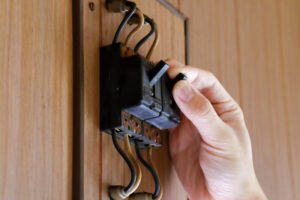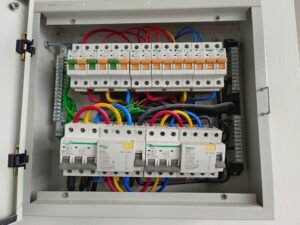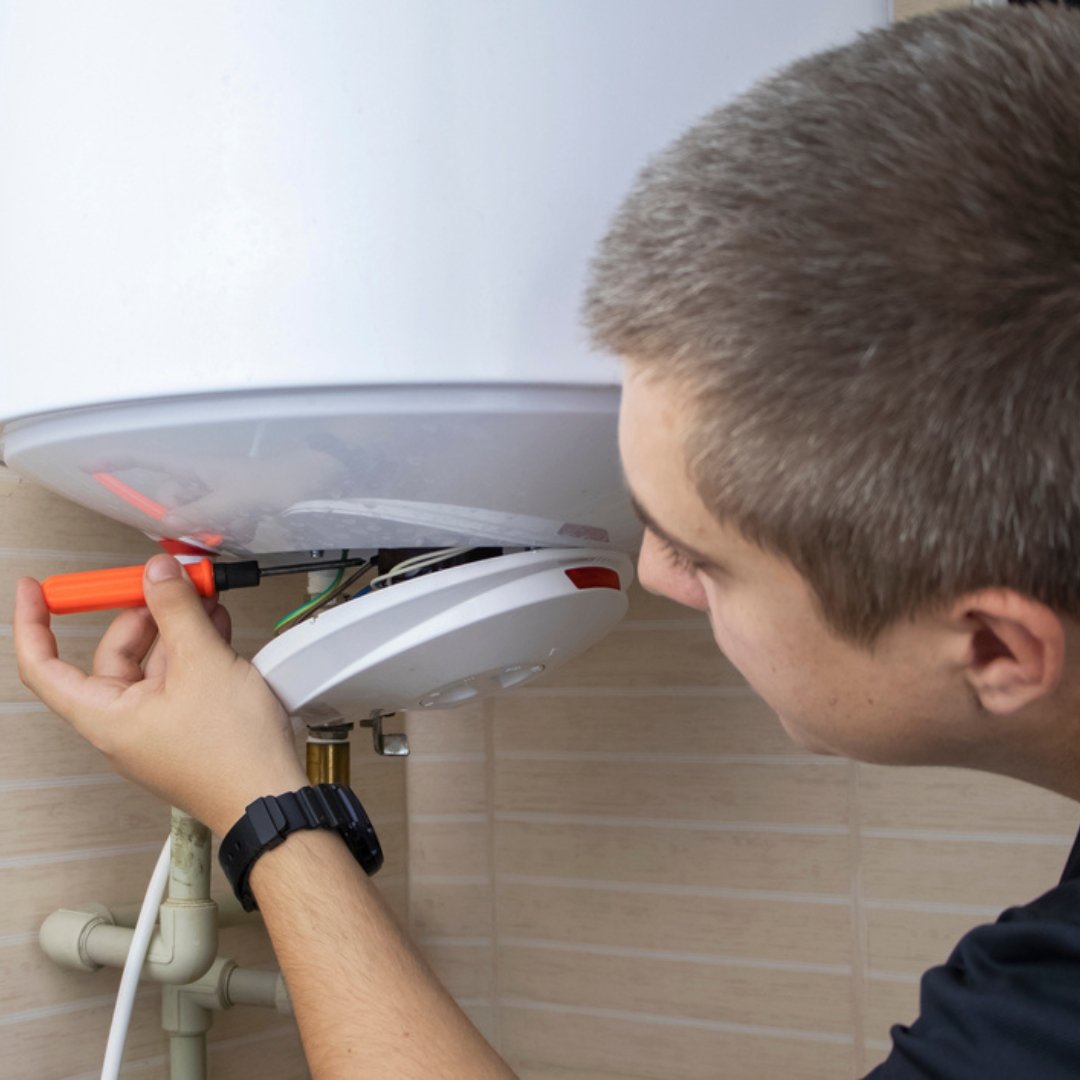How RCDs Differ from Earth Leakage Circuit Breakers (ELCBs)
Electrical safety is one of the most important aspects of any home, office, or industrial installation. With the growing number of electrical appliances and the increasing demand for uninterrupted power, the chances of electrical hazards have also gone up. To counter such risks, protective devices are used to detect abnormal conditions and disconnect the power supply before damage or injury occurs.
Two devices often discussed in this context are the Residual Current Device (RCD) and the Earth Leakage Circuit Breaker (ELCB). While both serve the purpose of protection against leakage currents and electrical shocks, they are not the same. Many people confuse the two or even use the terms interchangeably, but their working principles, sensitivity, and reliability are quite different.
In this blog, let’s take a detailed look at how RCDs differ from ELCBs, why RCDs are preferred today, and when each device was (or is) used. To Know More Click Here

1. The Purpose of RCDs and ELCBs
The main function of both RCDs and ELCBs is to provide protection against earth leakages that can otherwise cause:
- Electric shock to humans and animals.
- Electrical fires due to current leakage into conductive materials.
- Damage to equipment because of insulation failure.
However, the method of detection is the key difference between the two.
2. Operating Principle
- Residual Current Device (RCD):
An RCD works by continuously monitoring the current flowing through the live (phase) and neutral conductors. Under normal conditions, the current flowing in through the live wire should equal the current returning through the neutral wire. If there is a difference (called a residual current), it means some current is leaking elsewhere—often through the earth, which could include passing through a person’s body. When this imbalance exceeds a set value (for example, 30mA), the RCD disconnects the supply almost instantly (within milliseconds). - Earth Leakage Circuit Breaker (ELCB):
The ELCB is an older device that detects leakage by monitoring the earth conductor itself. It senses leakage current or voltage on the earth wire. If the leakage exceeds a certain level, the device cuts off the power. However, if the earth connection is poor, the ELCB may fail to detect leakage properly, leaving users at risk.
3. Sensitivity and Accuracy
- RCDs:
Extremely sensitive, capable of detecting leakage currents as small as 30mA (which is enough to be harmful to humans). RCDs can also be rated at 100mA or 300mA for fire protection in industrial applications. - ELCBs:
Less sensitive compared to RCDs. They often require higher leakage levels before tripping, which makes them less effective in preventing electric shock to humans. To Know More Click Here

4. Reliability and Limitations
- RCDs:
More reliable because they operate by measuring current imbalance and do not depend on the quality of the earthing system. Even if the earthing is poor or absent, the RCD will still detect leakage and trip. - ELCBs:
Reliability depends heavily on the quality of earthing. If the earth connection is not proper, the ELCB may not function at all. This limitation is one of the main reasons why ELCBs have been phased out.
5. Types and Evolution
- ELCBs:
There were two main types of ELCBs—Voltage-operated and Current-operated. Voltage-operated ELCBs were the earliest form but are now obsolete because of their poor reliability. Current-operated ELCBs were slightly better but were still less effective than RCDs. - RCDs:
RCDs evolved as a more advanced and reliable version of earth leakage protection. Today, they are available as standalone devices or combined with Miniature Circuit Breakers (MCBs) to form RCBOs (Residual Current Breaker with Overload protection), which provide protection against both earth leakage and overcurrent.
6. Application in Modern Installations
- RCDs:
- Mandatory in most modern residential, commercial, and industrial electrical systems.
- Provide effective shock protection for people.
- Widely used in combination with MCBs or RCBOs for complete protection.
- ELCBs:
- Rarely used in modern installations.
- Found only in older systems where they were once common.
- Not recommended for new installations because of their limitations. To Know More Click Here

7. Safety Benefits
- RCDs:
- Protect people directly from electric shocks.
- Prevent fires by disconnecting supply during small leakages.
- Offer fast response time (typically within 30–40 milliseconds).
- ELCBs:
- Provide limited protection.
- More effective at protecting equipment than people.
- Cannot always protect against direct human contact with live wires.
8. Practical Example
Imagine a person accidentally touching a live wire:
- With an RCD installed, the moment current leaks through the person’s body to earth, the RCD senses the imbalance and immediately cuts off power, saving the person from a fatal shock.
- With an ELCB installed, protection depends on the earth connection. If the earthing is weak or faulty, the ELCB might not trip at all, putting the person in danger.
9. Why RCDs Replaced ELCBs
RCDs became the global standard because they:
- Provide better shock protection.
- Work independently of the earth connection quality.
- Are faster, more reliable, and more sensitive.
- Offer greater flexibility when combined with other protective devices.
Most international electrical safety standards (like IEC 61008 and IEC 61009) recognize RCDs, while ELCBs are considered outdated.

Conclusion
Both RCDs and ELCBs were designed with one goal: to prevent accidents caused by earth leakages. However, the methods they use and their effectiveness differ greatly.
- ELCBs were once widely used but had serious limitations, particularly their dependence on a good earth connection.
- RCDs represent the modern, more advanced solution, offering high sensitivity, reliability, and better personal protection.
For any new installation, RCDs are the recommended choice to safeguard both people and property from electrical hazards. If your system still uses an ELCB, it’s wise to consider upgrading to an RCD for enhanced safety.
SafeTag – Your Safety Partner in New Zealand
Ensure workplace safety and compliance with SafeTag’s professional testing services. We offer certified solutions for Electrical Testing & Tagging, RCD Testing, Microwave Leakage Testing, and Portable Appliance Testing (PAT). Trust our experts for hassle-free, on-site service tailored to your business needs.




